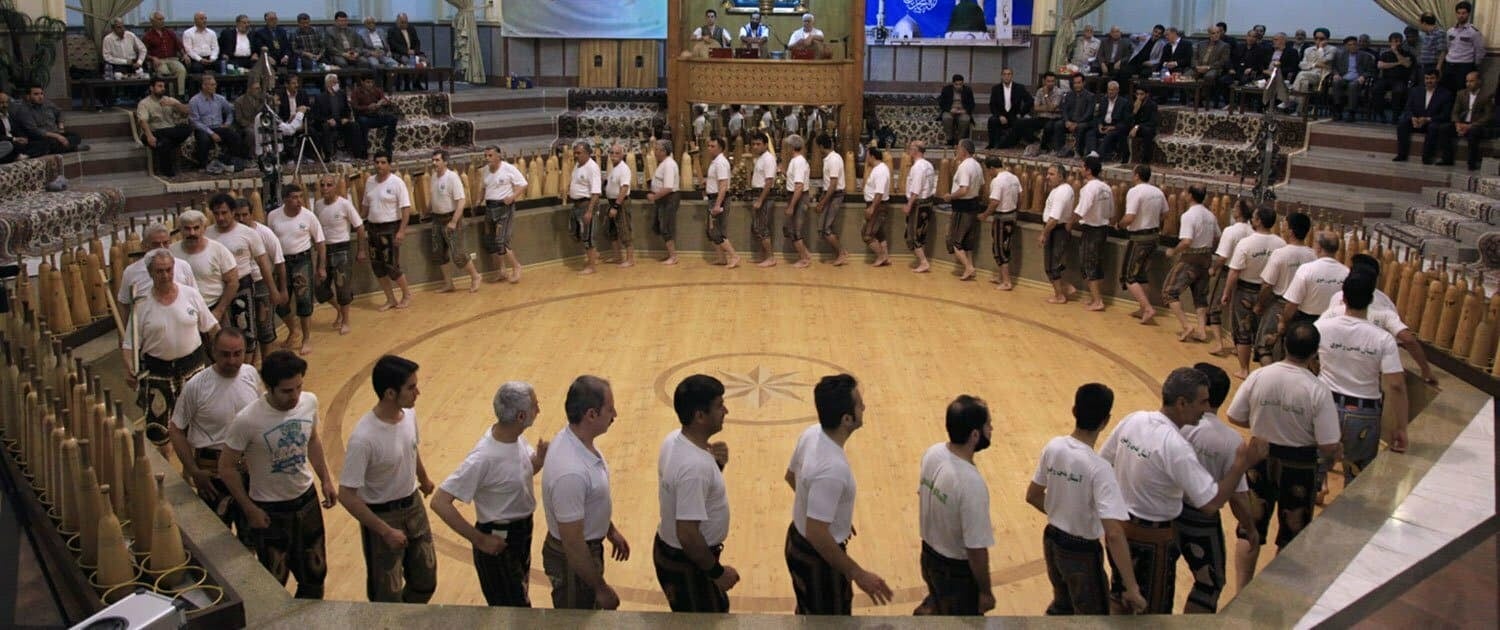Zoorkhaneh: A Traditional Place To Train Warriors In Ancient Persia

Among all the traditions and rituals in Iran, the idea of developing a special kind of ritual for sport seems very interesting. The name given to this ritual is varzesh-e bastani, which literally means ancient sport. UNESCO has inscribed it as Pahlevani and Zoorkhaneh rituals and has recognized it as the world’s longest-running form of such training.

Dating back to the Parthian era (132 BC – 226 AD), this special form of sport combines the physical training with elements of pre-Islamic Persian culture (particularly Zoroastrianism, Mithraism, and Gnosticism) and the spirituality of Shia Islam and Sufism.

This special form of sport combines the physical training with elements of pre-Islamic Persian culture (particularly Zoroastrianism and Mithraism) with the spirituality of Shia Islam and Sufism.





It is believed that this sport was also practiced by Rostam, the most celebrated legendary Iranian hero of the Shahnameh epic. In Persian culture, he is a symbol of strength and power as well as being a chivalrous. This mythological being is represented as the mightiest of Iranian holy warriors.

Practiced in a domed structure, the sport itself is a perfect example of an ancient ritual followed for centuries. Zourkhaneh sports are comprised of a special series of movements and practices accompanied by poems, stories and “Zourkhaneh Beat”.



By mimicking the practices and traditions of Sufi orders, the spirit of masculinity and chivalry elevate or reinforce in athletes. Good qualities such as purity of heart and compassion are encouraged in the form of poems and stories sung by “Morshed”. The special rhythm of the music motivates athletes while exercising. They tune in with the music and follow the rhythms of Zarb (beat) to create a beautiful sequence of group movements and actions.




Among the athletes, this ancient sport is known as the symbol of respect and courtesy and is associated with many principles. For example, all movements are performed after receiving permission from the Sadats (honorific title denoted to people who have been accepted as true descendants of the Islamic prophet Muhammad) and preachers of Zourkhaneh.
The motto of this ancient sport is to cultivate and strengthen the spirit, mind and body at the same time. Another aspect is to practice concepts like humility, self-sacrifice, manliness, purity, compassion and other good human qualities.
Some believe that in ancient times, these athletes were also been taught to practice martial arts and that’s why the tools used in this sport resemble the weapons of those times.


The athlete normally uses a pair of wooden clubs (mil), metal shields (sang), and bow-shaped iron weights (kabbadeh).

They also practice movements like Sufi whirling. For more details, you can also see this article.

To know this interesting ritual better, several tours in different cities of Iran are designed by SURFIRAN. You can enjoy watching the athletes practicing this ancient sport in cities like Tehran, Shiraz, Yazd, and Isfahan.



